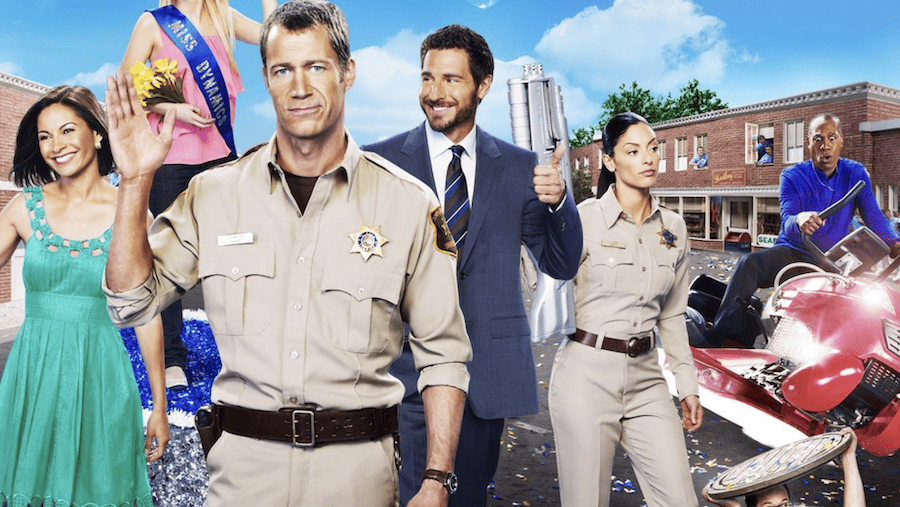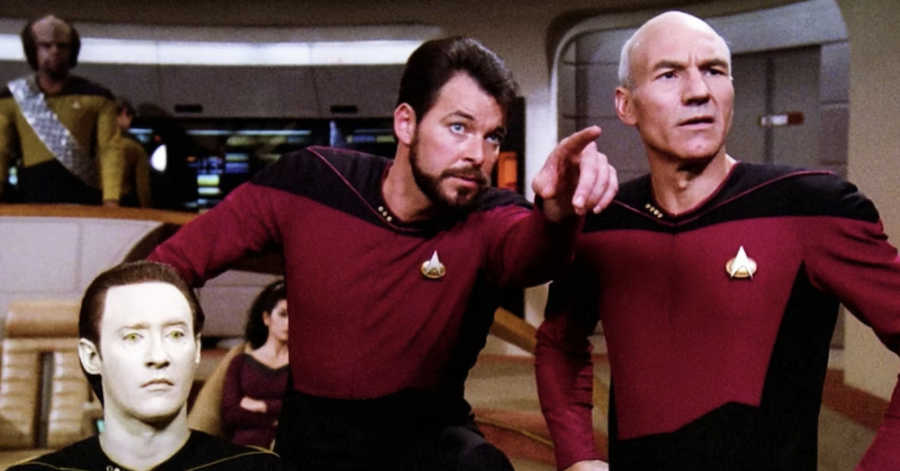How The Science Gets Into Sci-Fi
Eureka and Battlestar Galactica's science advisor explains.

Depending on the property, the importance of accurate science can play a bigger or smaller role in the crafting of a sci-fi story.
All-time great sci-fi shows like Star Trek and Stargate SG-1 put immense effort into trying to create an atmosphere of believable technobabble that can generate story ideas and can make their worlds more reality-based, whereas Star Wars has been a huge success with next to no scientific accuracy at all.
In a series of panels at SETICon in 2012, science advisors from some of sci-fi’s biggest properties came together to discuss just how science makes its way into your favorite TV shows and movies.
According to Kevin Grazier, science advisor on Eureka and Battlestar Galactica, he got involved in the scripts through a couple of means.
Sometimes sci-fi writers would get in touch with him earlier in the process before they started writing in order to get the fundamentals of some scientific concepts correct.
At other times, he is just handed a finished script, and he “red pens” all of the errors and points out alternatives in their place. Sometimes, these scripts need significant help in narrowing the gap between a fun story and actual realistic outcomes.

While working on Eureka, a science-heavy show, Grazier would give a PowerPoint presentation at the start of each season to showcase new, hot science concepts and theories that the writers would pull inspiration from for the rest of the season.
Outlining interesting and groundbreaking things in the world of science acted as a story plotting whiteboard, so to speak. It would allow the sci-fi writers to craft possible storylines based on things that would have seemed outlandish or even impossible.
Andre Bormanis, who has been a science advisor on all of the Star Trek series since The Next Generation, said that writers would ask for details and even scientific ideas to frame their stories around.
In the Star Trek: Voyager episode “Scientific Method,” the writers needed something for Voyager to be doing while the crew was being experimented on by invisible alien scientists.
Bormanis suggested that Capt. Janeway’s interest in astronomy would make a pair of binary pulsars something that she would pause the ship’s journey to see. And it ended up being the very thing that was used in the climax of the episode to rid Voyager of its alien visitors.

Bormanis says that science advisors don’t have veto power over the story, but they do have the power to persuade. He exercised his power of persuasion strongly while working on TNG when one writer wanted to have an episode where Picard pilots a hi-tech kayak down a river of lava into the core of a planet. Luckily the producer agreed that it was a bad idea and passed on the story.
It’s not just science that requires experts in sci-fi, though. Marc Okrand was pulled into the sci-fi business by his skills as a linguist. He first started by coming up with some lines of dialogue spoken in Vulcan for Star Trek II, then became the creator of what is now the highly recognizable Klingon language with his work on Star Trek III: The Search for Spock.
Even though a lot of the language he had created wasn’t used in Star Trek III: The Search for Spock due to the producers wanting to keep subtitles to a minimum, he says his job became easy enough when he created The Klingon Dictionary so he could just pull from that.
That is until Star Trek VI: The Undiscovered Country, when they needed “To be or not to be” translated into Klingon, a language that didn’t have the word “be” in it, required some quick thinking on Okrand’s part to look for a replacement.
As for the job of advisor, all agreed that sci-fi story always trumps the science in any given situation. Grazier mentioned the episode “Exodus part 2” of Battlestar Galactica, where the writers came to him with the idea of the mile-long spaceship falling straight down through the atmosphere of New Caprica while shooting out Vipers the whole way down.
Grazier said it didn’t make sense for the giant craft not to tumble and rip itself apart while making an unpowered descent through the atmosphere. But he ultimately told them, “Go for it. I want to see that!” just because he thought it would look cool.
Andre Bormanis offered a bit of advice for anyone looking to get into the science advisor game. He said that you can’t take too much ownership over your science and that if you get too bent out of shape over the details, you’ll go nuts.
Grazier agreed and said that no one wanted sound in space on Battlestar, but it was thrust upon them by the execs, and they just had to deal with it. Viewers likely at least appreciated the effort.












